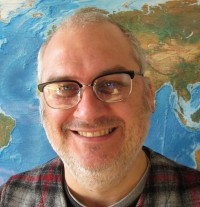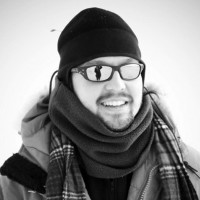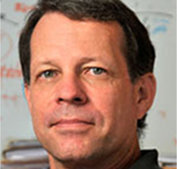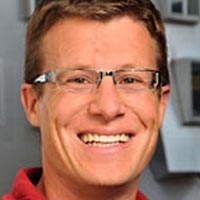Featured Stories, MIT, WHOI | December 19, 2012
The Perfect Gift for Marine Microbiologists: Freedom to Try the Untested
By Genevieve Wanucha
Earlier this month, 16 scientists, including several MIT and WHOI researchers, woke up to some wonderful news. The Gordon and Betty Moore Foundation selected them for the Marine Microbial Initiative Award, which will provide a total of up to $35 million combined over five years for pioneering research on the trillions upon trillions of microscopic organisms supporting the ocean’s food webs and, ultimately, our planet.
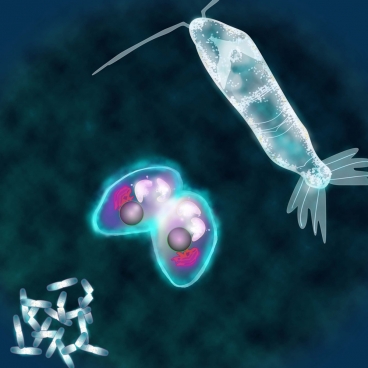
“We’re providing some of the Louis Pasteurs of this field with additional, flexible funding—above and beyond that which they may already be receiving—to give them more freedom to pursue bold, new discoveries,” commented Steve McCormick, president of the Gordon and Betty Moore Foundation, in a press release. Those Louis Pasteurs well known in our community are Mick Follows, senior research scientist at MIT; Mak Saito, biogeochemist at Woods Hole Oceanographic Institution; Ed DeLong, marine microbiologist at MIT; and Roman Stocker, environmental engineer at MIT.
As the news sinks in here at Oceans at MIT, it’s throwing into stark relief the constraints within which these researchers must try to fit their research under typical funding schemes. “There have already been at least two situations where I was extremely excited about a possible project,” says Roman Stocker, “but just could not fit it within our current research agenda and funding.” Both of these projects will now move forward. One of these plans involves using microfluidic technology to study how the growth efficiency of bacteria link microscale behaviors to large-scale ecosystem properties, such as productivity.
Typical grant proposals use preliminary data to justify the future project, but this data is often impossible for these microbial researchers to provide —they are aiming to instigate projects never before attempted, mainly because rapidly developing tools are creating opportunities that didn’t exist just a few years ago. “So this award will allow us to try ideas that aren’t safe or expected,” says Mak Saito, “or to follow a hunch or instinct.”
One of Saito’s big visions is to directly measure the biochemistry of the ocean using ocean microbes. One third of the proteins encoded by an organism’s genome requires some kind of metal atom for its function. Yet, metals are incredibly scarce in the oceans, leaving the question of how bacterial life really survives there, never mind affects the ocean cycles. To solve this fundamental mystery, the Saito lab adapts proteomic techniques from the biomedical field, such as mass spectrometry, to study and map the thousands of proteins that characterize marine life.
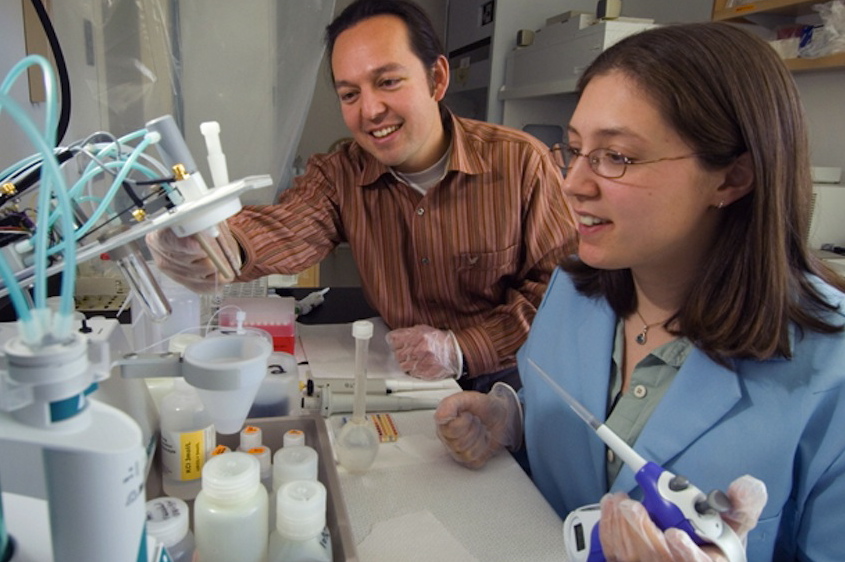
Proteomic tools are complicated, expensive, and evolving each year. “To be honest, says Saito, “I was trying to figure out how hard it would be to sustain that project, but this award allows us to push this new proteomics technology into the ocean.”
Mick Follows, a member of the Marine Biogeochemical Modeling group at MIT, as well as one of Mak Saito’s collaborators, is looking forward to increased freedom. “We will be able to ease back a little on the fraction of time spent raising funds, allowing us to focus more of our effort on these new avenues of research,” he says. “The award will enable my group to explore new, not yet tried and tested directions more efficiently.” As the leader of the the Darwin Project, he and his group will create novel mathematical models to simulate and interpret how populations of marine microbes are shaped by, and in turn shape, the environment in which they live.
MIT’s Ed DeLong is a pioneer in the field of metagenomics. Using these techniques, his lab extracts genomic information from microbial communities found in natural habitats and tries to describe how such tiny creatures collectively transform matter on the planet. He, like the other awardees, predicts this new burst in funding will truly benefit future research. “Environmental science in general and microbial oceanography in particular are typically not funded at the same levels as biomedical sciences are, for example,” he says. “Yet these areas of study are so critical for improving our understanding the state and fate of our oceans and planet, in this era of the Anthropocene. These awards will allow the investigators to engage in high risk, high return science, that would be otherwise difficult to support.”
Going forward, be sure to check in with Oceans at MIT as we report on the likely unprecedented advances made in marine microbe research at MIT and WHOI over the next five years. We’ll be following these four the whole way.

